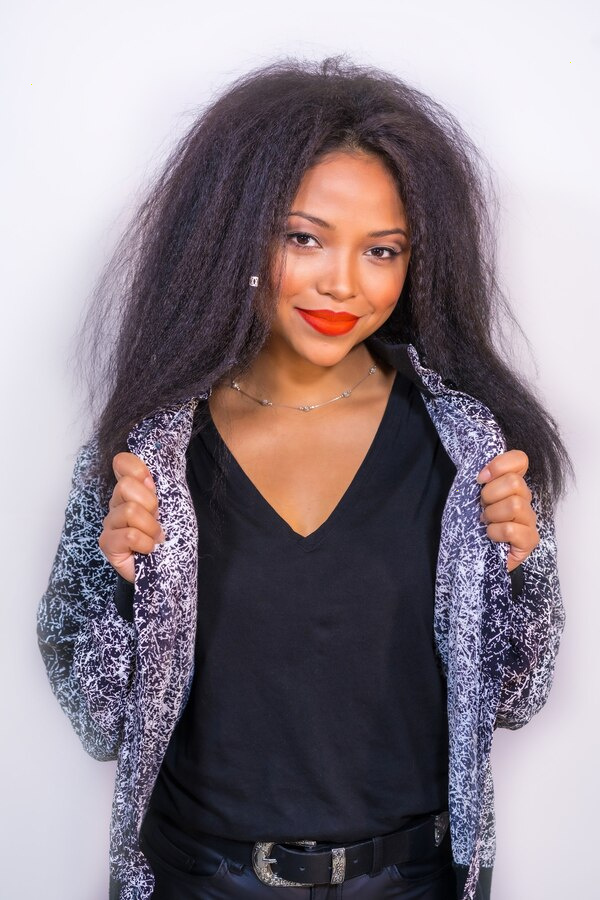The Intersection of Technology and Fashion
The worlds of technology and fashion have traditionally been seen as distinct, each with its own priorities and goals. Technology has long focused on innovation, efficiency, and solving complex problems, while fashion has been immersed in aesthetics, self-expression, and the cultural zeitgeist. However, in recent years, these two seemingly disparate fields have begun to converge, resulting in groundbreaking developments that are reshaping both industries.
One of the most significant ways technology is transforming fashion is through the advent of smart textiles and wearable technology. Smart textiles are fabrics embedded with digital components, sensors, and microcontrollers, allowing them to interact dynamically with the environment and the wearer. These textiles offer enormous potential, from clothing that monitors vital signs in real time to garments that change color or pattern via smartphone apps. Wearables, such as smartwatches and fitness trackers, have become mainstream, offering not only functionality but also incorporating design elements that make them fashion statements.
3D printing is another technological innovation that has made significant inroads into the fashion industry. Designers are beginning to use 3D printing to create intricate and customized garments and accessories that would be difficult, if not impossible, to produce using traditional manufacturing techniques. This technology allows for sustainability innovations, as 3D-printed garments produce less waste and enable on-demand production, reducing the excess inventory that often plagues the fashion industry.

Augmented reality (AR) and virtual reality (VR) are also playing pivotal roles in transforming how consumers interact with fashion brands. Virtual dressing rooms, powered by AR, allow customers to try on clothes digitally, providing a realistic sense of how items will look and fit without the need for physical contact. Meanwhile, VR fashion shows offer immersive experiences, democratizing the runway and making it accessible to audiences worldwide who would not traditionally have entry to these exclusives events.
The rise of digital fashion is further blurring the lines between the virtual and physical worlds. As digital avatars and virtual spaces become more prevalent, especially within the burgeoning metaverse, fashion houses are beginning to design digital-only collections. These collections allow users to purchase and dress their avatars in unique styles, offering a sustainable answer to fast fashion while enabling consumers to explore more avant-garde fashion choices without the constraints of physical reality.
Artificial intelligence (AI) is also making a substantial impact on fashion by enhancing design processes and improving retail experiences. AI algorithms can analyze current fashion trends and consumer preferences to predict upcoming tastes, assisting designers in creating collections that resonate with their target audience. In retail, AI-powered systems help optimize inventory management, personalize shopping experiences, and streamline customer service, ultimately leading to a more efficient and satisfying consumer journey.
Sustainability is a key driver at the intersection of fashion and technology. As the fashion industry faces increasing scrutiny for its environmental impact, technology offers solutions to mitigate these concerns. Innovations in material science are leading to the development of biodegradable dyes, recycled fabrics, and alternative materials, which help reduce the ecological footprint of fashion. Furthermore, digital practices like blockchain are being employed for supply chain transparency, ensuring ethical sourcing and production practices are adhered to.
The fusion of fashion and technology is fostering a new era of creativity, sustainability, and accessibility. As these two fields continue to intertwine, it becomes increasingly crucial for designers, technologists, and consumers to embrace this integration and explore the possibilities it presents. The future will likely see more innovative collaborations that challenge the conventional boundaries of what fashion and technology can achieve.